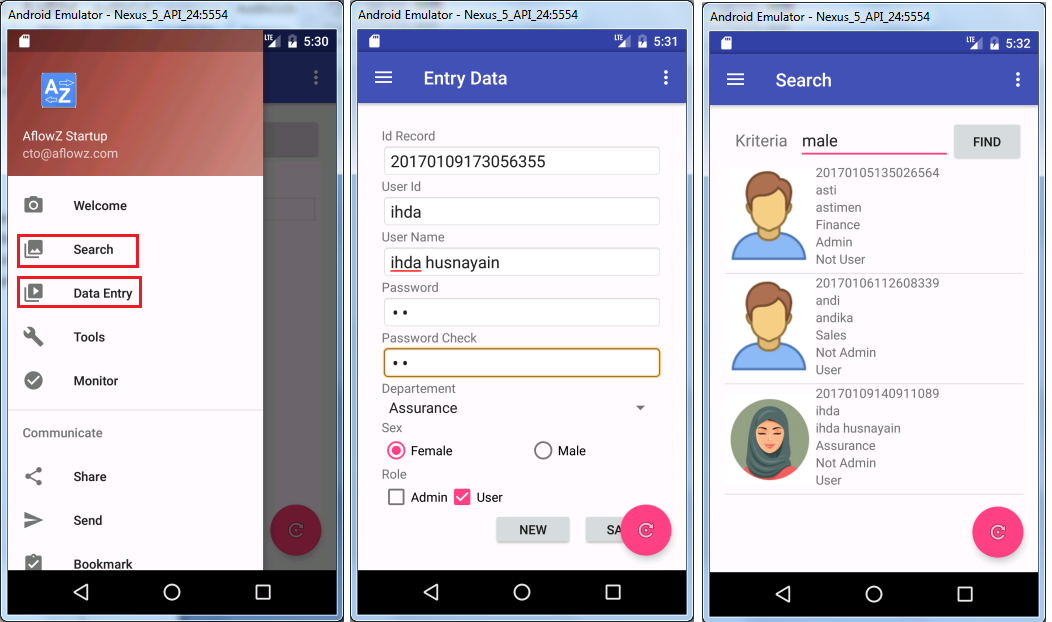

Step 3 − Add the following code to src/MainActivity.kt import android.os.

Step 2 − Add the following code to res/layout/activity_main.xml. Step 1 − Create a new project in Android Studio, go to File ⇒ New Project and fill all required details to create a new project. Hello Dosto.In this tutorial, you will see How to Use Fragment in XML with ListView and also use Fragment ContainerView with an Example.Fragment related vi. DataModel.This example demonstrates how to handle the click event in Listview in Android using Kotlin. This is because onCreate () is called first before onCreateView (). Call your setListAdapter () method in onViewCreated () instead of onCreate (). The data model that is contained in the ArrayList is shown below. If you are using ListFragment, then in your XML layout, you must have a ListView that has id of 'android.R.id.list'. The content_main.xml contains the ListView as shown below. getView() is the method that returns the actual view used as a row within the ListView at a particular position. We are creating a custom ListView of by subclassing ArrayAdapter with the DataModel as the object. Clicking the info will display a SnackBar with information specific to that row. Clicking the row would display the SnackBar with the text elements of that row. In this tutorial we’ll build an application that consists of list of rows displaying text descriptions and an info icon. Let’s create a xml layout that presents the items in a row in a customised way. As the user scrolls through the list, items that leave the screen are kept in memory for later use and then every new row that enters the screen reuses an older row kept in the memory. After that no new row items are created in the memory. Recycling RowsĪs a ListView is instantiated and the rows are populated such that the full height of the list is filled. another way: you do have a HiddenField in the parent ListView: hdfCommentsID which also would give you the value of CommentID (do a FindControl on the Item and cast to HiddenField) and you would also have it in the DataItem. There are other adapters as well, such as the CursorAdapter which binds directly to a result set from a Local SQLite Database and it uses a Cursor as it’s data source. so it would be parameter.DefaultValue ltvComments.DataKeys. That’s what we’ll implement in this tutorial. If you are using the Android Studio anycodingsandroid-fragments bottom navigation template: Go to app/src/main/res/navigation/mobilenavigation.xml Change. The simplest Adapter to populate a view from an ArrayList is the ArrayAdapter.

Also to enhance the user experience, we’ll animate the ListView while scrolling. In this tutorial we’ll use a CustomAdapter that populates the custom rows of the Android ListView with an ArrayList.


 0 kommentar(er)
0 kommentar(er)
